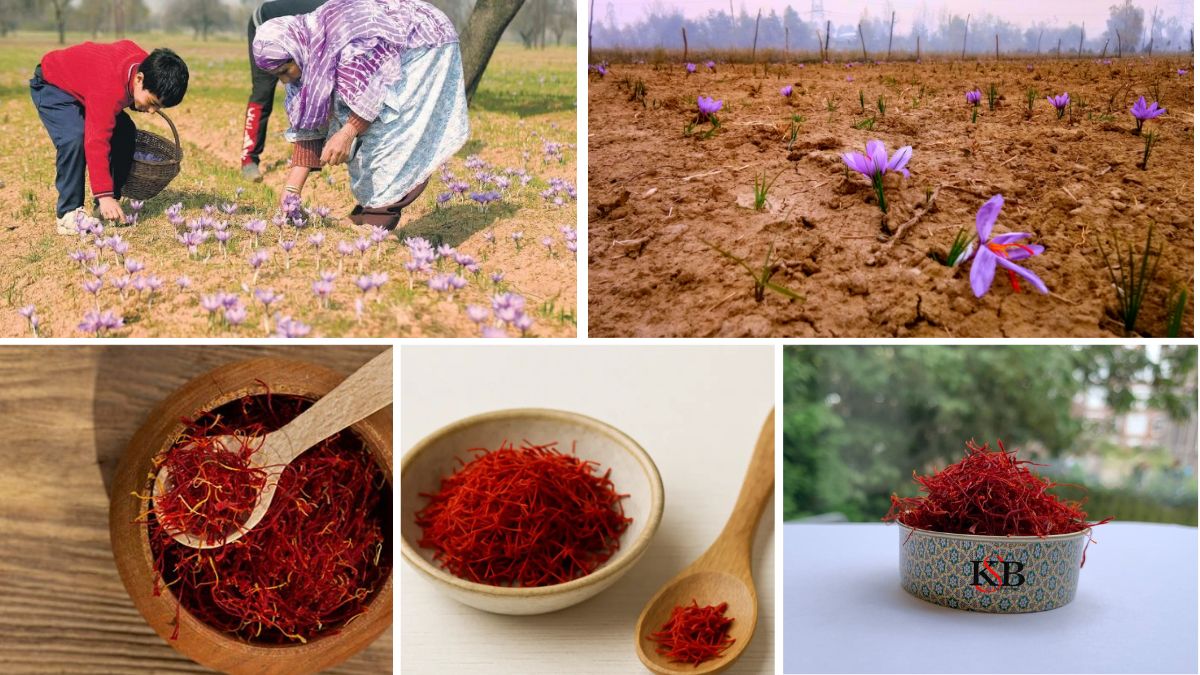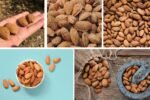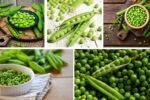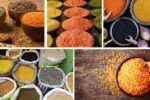Saffron, often referred to as “red gold,” is the world’s most expensive spice by weight. Derived from the dried stigmas of the Crocus sativus flower, saffron’s unique flavor, aroma, and vibrant color have made it a prized ingredient in culinary traditions worldwide. While saffron is cultivated in various regions, one country stands out as the undisputed leader in its production: Iran.
Iran: The Global Leader in Saffron Production
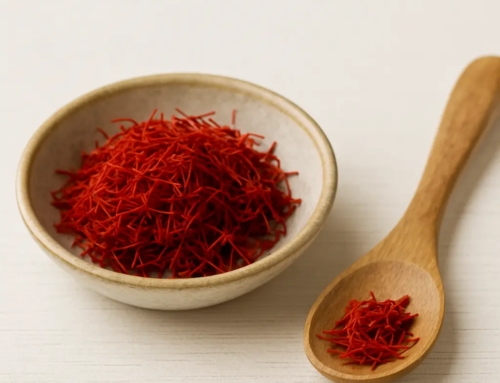
Iran dominates the global saffron market, accounting for approximately 90% of the world’s saffron production . The country’s vast arid and semi-arid landscapes, combined with centuries of cultivation expertise, provide an ideal environment for saffron farming.
Key Production Areas
The primary saffron-producing regions in Iran include:
- Khorasan Razavi: Particularly around Torbat-e Heydarieh, known for its high-quality saffron.
- South Khorasan: Cities like Qaen and Birjand are renowned for their saffron cultivation.
- Isfahan, Yazd, and Kerman: Emerging regions contributing to Iran’s saffron output.
These areas benefit from traditional farming methods and favorable climatic conditions, ensuring the production of high-quality saffron.
Economic Impact
Saffron plays a crucial role in Iran’s agricultural economy. Despite producing the majority of the world’s saffron, Iran’s export volume is limited, constituting less than 35% of global saffron exports . This discrepancy is attributed to domestic consumption and the country’s complex trade dynamics.
Other Notable Saffron Producers
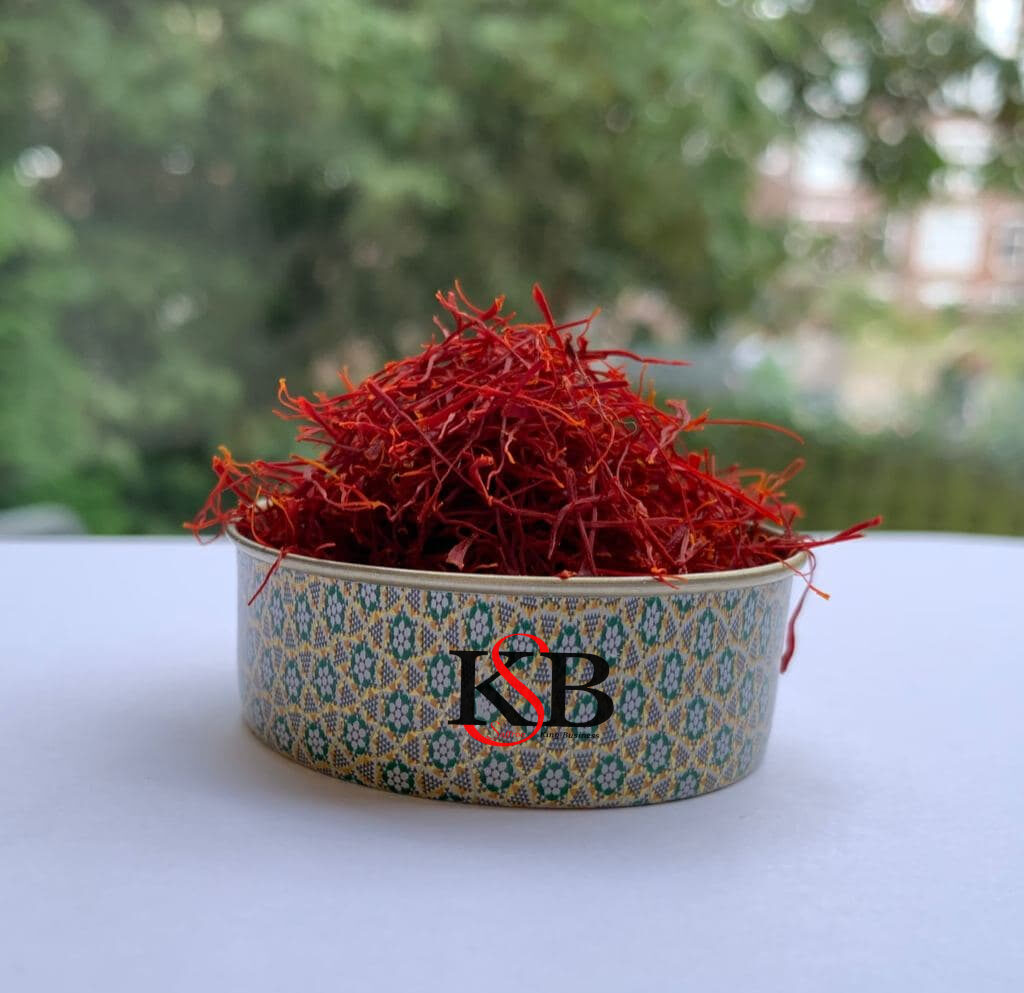
While Iran leads in production, several other countries contribute significantly to the global saffron supply:
India
India is the second-largest producer of saffron, with the majority cultivated in Jammu and Kashmir, particularly around Pampore. Indian saffron is distinguished by its long stigmas and deep red color. However, production has faced challenges due to climatic changes, with output declining from 8 metric tons in 2010–11 to 2.6 metric tons in 2023–24 .
Spain
Spain is both a producer and a significant importer of saffron. The country’s saffron, especially from regions like La Mancha, is renowned for its quality. Spain’s saffron production is estimated to be between 1 to 1.5 metric tons annually .
Greece
Greece produces between 3 to 4 metric tons of saffron annually, primarily from the Kozani region. Greek saffron is protected under the European Union’s Protected Designation of Origin (PDO) status, ensuring its quality and authenticity .
Morocco
Morocco’s saffron production is concentrated in the Taliouine region. The country’s annual output ranges from 1.5 to 2 metric tons. Moroccan saffron is known for its distinct aroma and flavor .
Afghanistan
Afghanistan has emerged as a significant saffron producer, with production increasing from 20 metric tons in 2022 to 46 metric tons in 2024 . Afghan saffron is prized for its deep red color and strong aroma, contributing to its growing presence in international markets.
Global Saffron Production Statistics
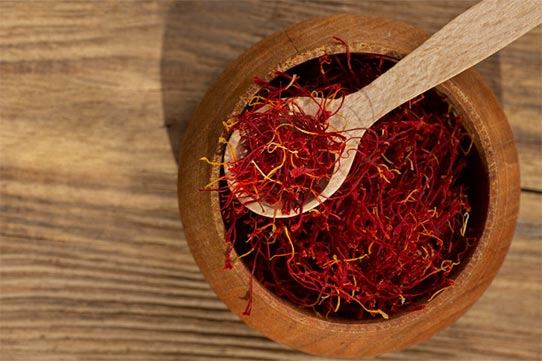
| Country | Estimated Annual Production (Metric Tons) |
|---|---|
| Iran | 190 |
| India | 6–7 |
| Greece | 3–4 |
| Morocco | 1.5–2 |
| Spain | 1–1.5 |
| Afghanistan | <1 |
| Italy | <1 |
Note: These figures are estimates and can vary based on annual climatic conditions and agricultural practices.
Factors Influencing Saffron Production
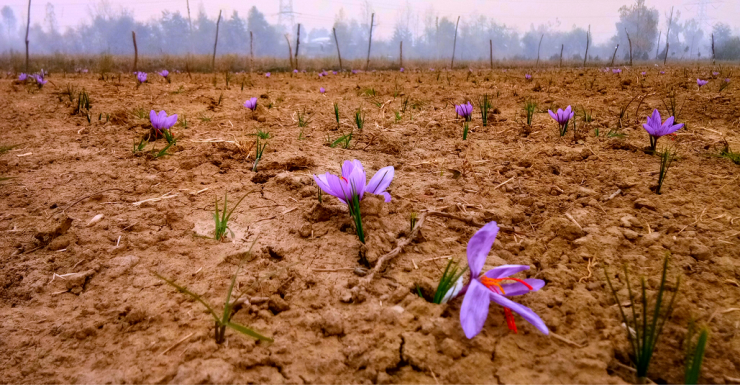
Several factors contribute to the success of saffron cultivation:
- Climate: Saffron thrives in regions with hot, dry summers and cool winters.
- Soil: Well-drained, sandy-loam soils are ideal for saffron cultivation.
- Labor: Harvesting saffron is labor-intensive, requiring careful hand-picking of the delicate stigmas.
- Economic Support: Government policies and subsidies can significantly impact saffron farming’s viability.
Challenges in Saffron Cultivation
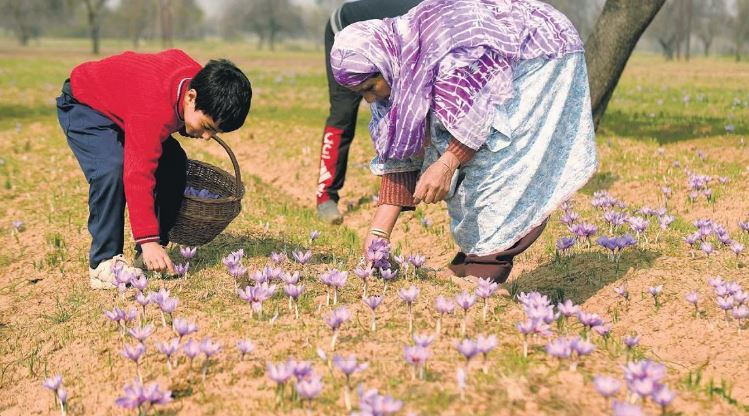
Despite its profitability, saffron cultivation faces several challenges:
- Climate Change: Rising temperatures and erratic rainfall patterns affect flowering and yield.
- Water Scarcity: Saffron requires specific irrigation conditions, and water shortages can impact production.
- Market Dynamics: Fluctuating global demand and price volatility can affect farmers’ incomes.
Conclusion
Iran’s dominance in saffron production is a testament to its favorable climatic conditions, traditional farming expertise, and the economic importance of the spice. While other countries like India, Spain, Greece, Morocco, and Afghanistan contribute to the global saffron supply, Iran remains the undisputed leader in both production and export. Understanding the dynamics of saffron cultivation and trade is crucial for stakeholders aiming to engage in this lucrative industry.
